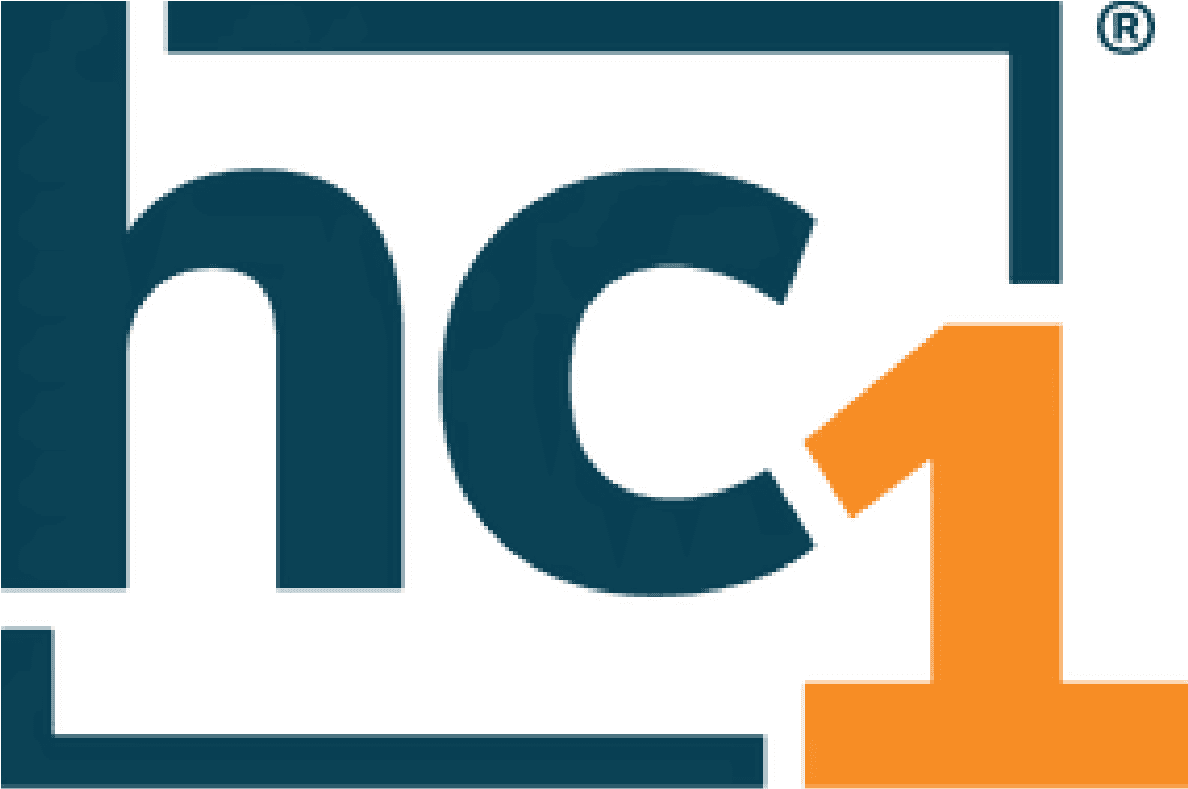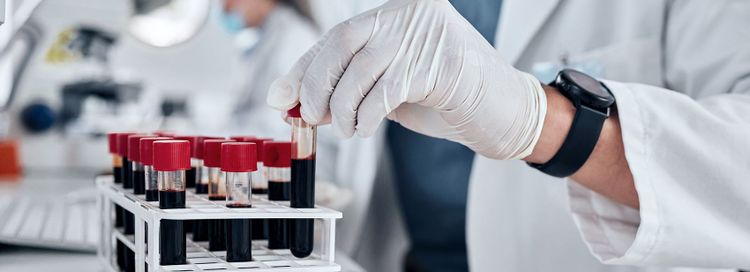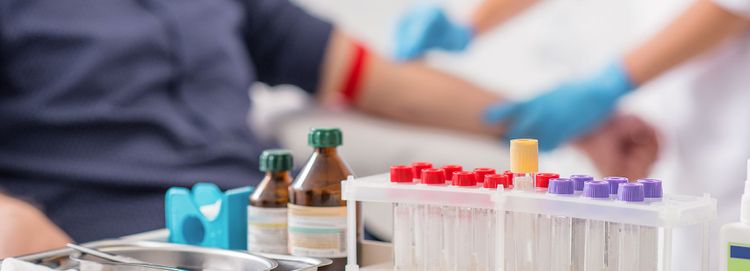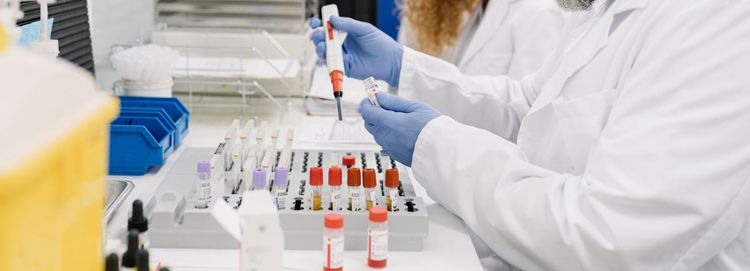January 20, 2020
Approximately 70 percent of medical decisions are based on pathology and laboratory test results. Studies have shown, however, that 10 to 30 percent of the estimated 13 billion tests performed in the United States each year are either unnecessary or inappropriate.1,2 This over testing leads to wasted cost and added hardship for the patient who may also undergo excessive treatment as a result of inappropriate testing.
Health systems that are taking action to reduce the amount of unnecessary and inappropriate laboratory testing are saving millions of dollars.
Cleveland Clinic saved $5.9 million over eight years by avoiding more than 209,000 unnecessary tests. They were able to achieve these savings through automated notifications at the point of ordering. Their efforts included hard stop alerts to block repeat orders for tests that are never needed more than once in 24 hours and soft stop alerts that notify the provider when they are attempting to place a duplicate order and showing the previous results.3
The University of Virginia Health System realized an annual savings of $61,524 on C. difficile testing alone after implementing a computerized clinical decision support (CCDS) tool to help clinicians determine the right time to order the right test. An internal audit prior to use of the tool showed that up to 67 percent of hospital-onset C. difficile infection cases did not have an indication for C. difficile testing.4
Leveraging usage data and automated decision support is proving to be highly successful in reducing unnecessary test orders and costs. hc1’s Test Utilization™ transforms laboratory data into the actionable insights that drive utilization program success. Test Utilization provides a real-time dashboard of standardized and organized lab data from across the entire health system, including in-hospital, outpatient and reference lab data. With all of the data in an easy-to-use dashboard, identifying room for improvement in test utilization becomes simple. Automated clinical decision support and notification can then be set up to drive appropriate test usage, reduce cost and improve patient care.
The savings that can be realized through implementing an effective utilization program can more than makeup for the expense of putting the appropriate resources and team in place to do so. Estimates project that healthcare systems could reduce costs of up to $5 billion per year if they were just to eliminate redundant tests.2
References
- Dickerson, J. A., Fletcher, A. H., Procop, G., et al. (2017 Sept). Transforming laboratory Utilization review into laboratory stewardship: Guidelines by the PLUGS National Committee for Laboratory Stewardship. JALM. 259-268.
- (2017 May 30). Advancing Value-Based Healthcare: Laboratory Medicine’s Essential Role. https://www.aacc.org/health-and-science-policy/advocacy/position-statements/2017/advancing-value-based-healthcare-laboratory-medicines-essential-role
- Cleveland Clinic Laboratories. Laboratory Stewardship. https://clevelandcliniclabs.com/resources/laboratory-stewardship/
- Madden, G., German Mesner, I., Cox, H., Mathers, A., Lyman, J., Sifri, C., & Enfield, K. (2018). Reduced Clostridium difficile Tests and Laboratory-Identified Events With a Computerized Clinical Decision Support Tool and Financial Incentive. Infection Control & Hospital Epidemiology, 39(6), 737-740. https://www.cambridge.org/core/services/aop-cambridge-core/content/view/357C2472AD5F005A6C0A51CFF068E4FE/S0899823X18000533a.pdf/reduced_clostridium_difficile_tests_and_laboratoryidentified_events_with_a_computerized_clinical_decision_support_tool_and_financial_incentive.pdf
